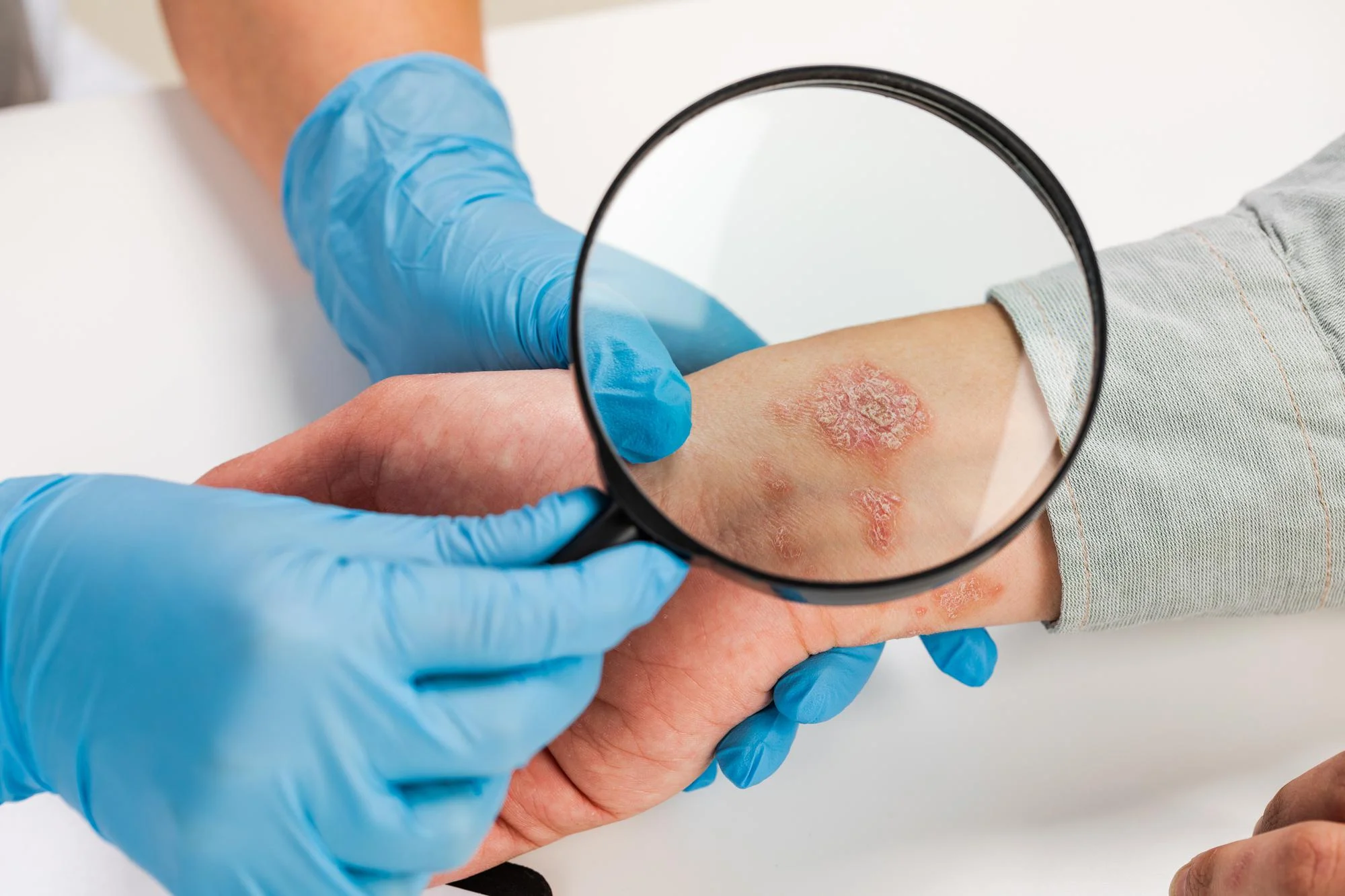The Emergence of RQ18: A Breakthrough in Antifungal Therapy
In the academic journal “Archives of Biochemistry and Biophysics,” a revolutionary study has been published, revealing the promising efficacy of a computer-generated peptide named RQ18 in combating fungal infections. The study, spearheaded by a team of researchers from the Universidade Federal de Mato Grosso do Sul, Brazil, under the leadership of Maria Ligia Rodrigues Macedo, illuminates a beacon of hope in the ongoing battle against drug-resistant fungi. The research, titled “Computer-made peptide RQ18 acts as a dual antifungal and antibiofilm peptide through membrane-associated mechanisms of action,” has sparked excitement within the scientific community.
A Dual-Action Warrior: RQ18’s Antifungal and Antibiofilm Capabilities
Fungal infections continue to pose significant health threats globally, and the increasing resilience of fungi to conventional drugs has escalated the urgency for alternative treatments. RQ18, a newly identified antimicrobial peptide (AMP), has demonstrated remarkable antifungal and antibiofilm properties, making it a formidable opponent against pathogens such as Candida and Cryptococcus.
The research published under the DOI 10.1016/j.abb.2024.109884 indicates that RQ18 can inhibit yeast growth at concentrations as low as 2.5 μM and can eradicate all Candida tropicalis cells within a mere 2 hours. Its potency is further exemplified through a synergistic effect with the antifungal agent amphotericin B, enhancing the treatment’s effectiveness. Additionally, RQ18 has proven to be adept at disrupting biofilm formation and eliminating mature biofilms created by C. tropicalis.
Delving Into RQ18’s Mechanism of Action
The study provides critical insights into the mechanism by which RQ18 exerts its antifungal effects. The peptide targets the fungal cell membrane, disrupting its integrity, as confirmed by the results obtained in the presence of free ergosterol (a fundamental component of fungal cell membranes) in the medium. Assessments using fluorescence microscopy with Sytox green further corroborate RQ18’s membrane-targeting activity.
Safety and Selectivity: RQ18’s Advantage
A paramount concern in developing new drugs is their safety profile and selectivity towards pathogens without harming host cells. Encouragingly, RQ18 has demonstrated no toxic effects on murine macrophage cell lines and Galleria mellonella larvae, underlying the peptide’s ability to selectively target fungal cells without damaging mammalian cells.
The Implications for Infectious Disease Control
The emergence of RQ18 as a dual-action antifungal and antibiofilm agent marks an important milestone in the quest for more effective treatments against challenging fungal infections that resist current drug regimens. Its selective toxicity towards fungal pathogens while sparing host cells positions it as an ideal candidate for clinical application.
Groundbreaking Potential: RQ18’s Future Prospects
This trailblazing study signifies only the beginning of RQ18’s journey towards becoming a mainstay in antifungal therapy. Further research and clinical trials will determine the full potential of this peptide to revolutionize the treatment of fungal infections. With its demonstrated effectiveness and specificity, RQ18 holds the promise of ushering in a new era in antimicrobial treatment, one that combats the threat of drug resistance with cutting-edge scientific innovation.
Keywords
1. Antifungal peptide RQ18
2. Antimicrobial peptides (AMPs)
3. Drug-resistant fungal infections
4. Antibiofilm activity
5. Fungal membrane-targeting therapies
References
1. Almeida, C. V., de Oliveira, C. F. R., Almeida, L. H. O., Ramalho, S. R., Gutierrez, C. O., Sardi, J. C. O., … & Macedo, M. L. R. (2024). Computer-made peptide RQ18 acts as a dual antifungal and antibiofilm peptide though membrane-associated mechanisms of action. Archives of Biochemistry and Biophysics, 753, 109884. DOI: 10.1016/j.abb.2024.109884
2. Zasloff, M. (2002). Antimicrobial peptides of multicellular organisms. Nature, 415(6870), 389–395. DOI:10.1038/415389a
3. Hancock, R. E. W., Sahl, H. G. (2006). Antimicrobial and host-defense peptides as new anti-infective therapeutic strategies. Nature Biotechnology, 24(12), 1551–1557. DOI:10.1038/nbt1267
4. Brown, G. D., Denning, D. W., Gow, N. A. R., Levitz, S. M., Netea, M. G., White, T. C. (2012). Hidden Killers: Human Fungal Infections. Science Translational Medicine, 4(165), 165rv13-165rv13. DOI:10.1126/scitranslmed.3004404
5. Rautenbach, M., Troskie, A. M., Vosloo, J. A. (2016). Antifungal peptides: To be or not to be membrane active. Biochimie, 130, 132–145. DOI:10.1016/j.biochi.2016.07.009
This article serves as an informative piece for healthcare professionals, medical researchers, and members of the scientific community. It emphasizes the critical nature of the discovery and underscores the desperate need for new therapies in the face of the increasing threat of drug-resistant pathogens. The potential impact of this peptide extends beyond the lab, heralding a new chapter in medicine where innovative solutions derived from the intersection of computational biology and biochemistry may give rise to novel therapies for infections long thought indomitable.
